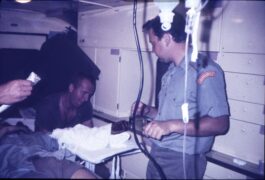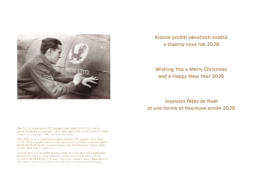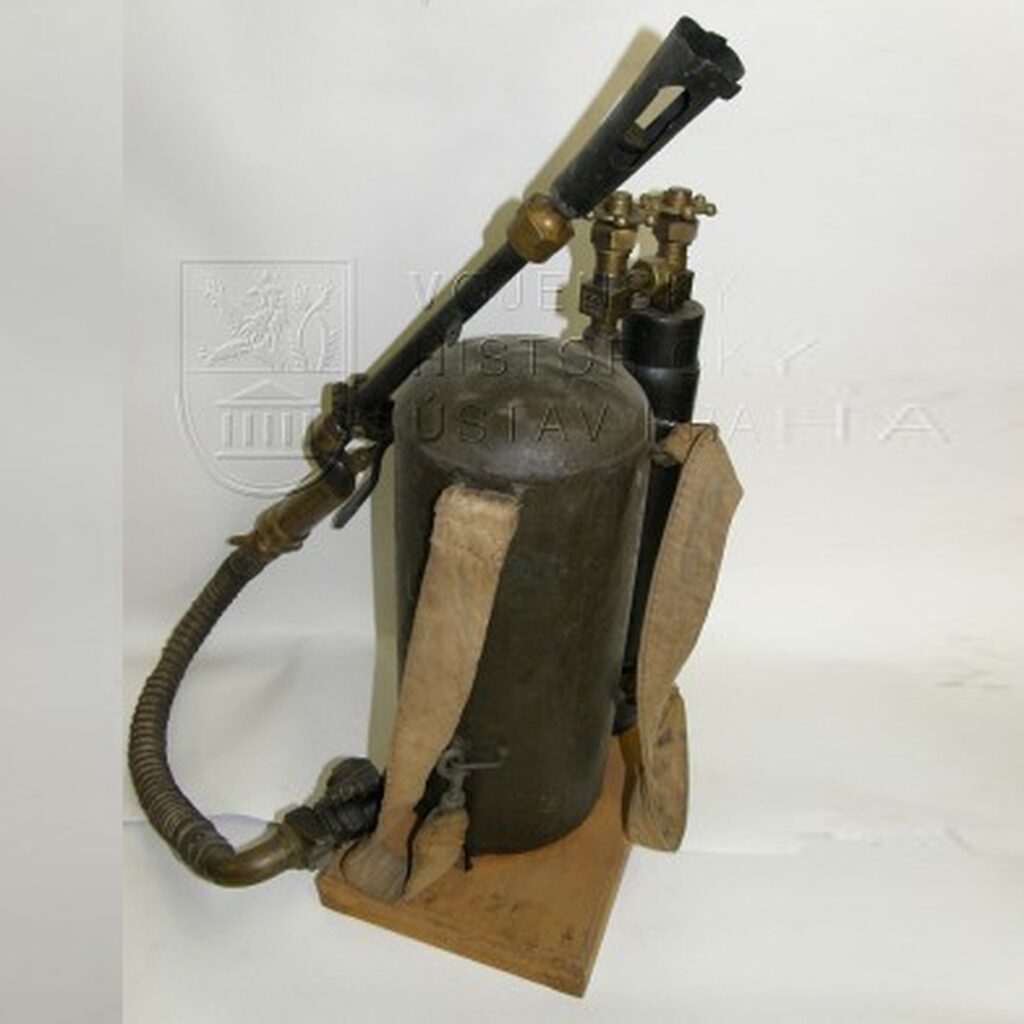
17 Italian Small Flamethrower D.L.F, 1918
Fotogalerie
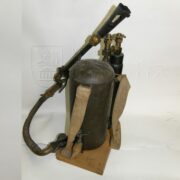
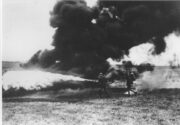
Chemical war is associated with another new weapon that appeared during World War I: the flamethrower. It was first used by the German army. Although flamethrowers differed in size and type of flammable substance, they all worked on the same principle when the flammable substance was forced out of a container by gas pressure and subsequently ignited.
The Italian small flamethrower D.L.F consists of a 1 litre gas cylinder, a 12 litre tank, a syringe and carrying straps which allowed the flamethrower to be carried on the back. Made by Adorni Magghi & C. in Milan in 1918. The flamethrower works on the principle of compressed air, which expels the flammable liquid from the tank into a nozzle at the mouth of which is a burning wick. The air pressure in the gas cylinder was 100-150atm (10-15MPa) and its volume was 1 litre. The mixtures used to make flame-thrower propellants did not differ much between any of war countries. They consisted of benzol and tar oils, kerosene with gasoline or alcohol, or were a mixture of light diesel and gasoline. The pressure in the tank of combustible fuel had to be regulated by a safety valve, as it could withstand a pressure of about 30atm (3000kPa). The volume of the fuel tank is 12 litres. The range of the flamethrower was about 15-20 metres.
Aktuálně
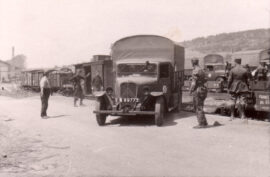
Oceňovaní spojenci - Pozemní útvary československé branné moci v bitvě o Francii očima francouzského velení

Vánoce a přelom roku v zahraniční misi na Slovensku v roce 2022

Prosinec 1944 – oficiální vydání prvních poštovních známek osvobozeného Československa
